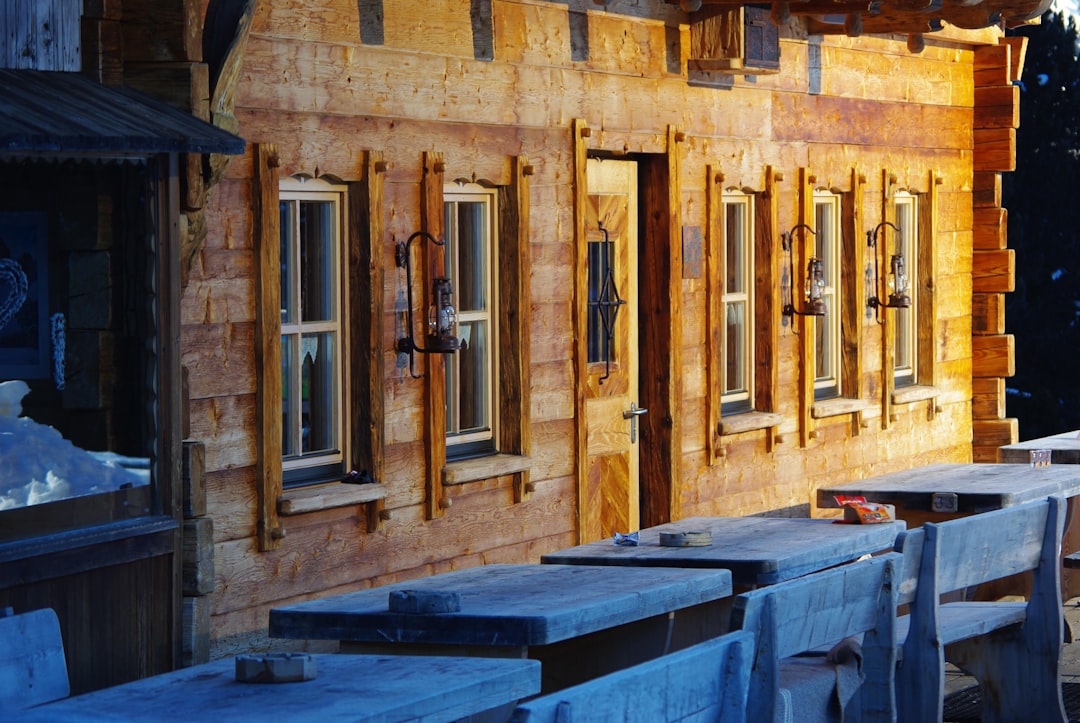
Hardwood flooring costs can vary significantly based on several factors. For construction professionals, understanding these variables is crucial for accurate project estimation. Current costs for hardwood flooring range from $8 to $20 per square foot installed, depending on the wood species, plank size, and finish options.
Different wood species such as oak, maple, and walnut offer varying price points. Higher grades with fewer imperfections can increase costs. Stay updated with current supplier data for accurate pricing.
Wider planks may reduce installation time but increase material costs. Consider the impact of plank thickness on overall expenses.
Preparation tasks like moisture mitigation and leveling can add to labor costs. Break down these tasks for a clear view of expenses.
Different finishes, such as site-finished polyurethane or factory UV-cured options, vary in cost and maintenance requirements. Evaluate long-term value versus upfront costs.
These estimates include materials, labor, and standard finishes. Adjust for your region using real-time data.
Traditional estimates often rely on outdated averages, leading to budget overruns. Using real-time data ensures accuracy and transparency, reducing unexpected costs.
1. Initiate a voice chat for real-time assistance.
2. Upload floor plans or use smartphone photos for measurements.
3. Discuss design goals to receive tailored recommendations.
4. Get detailed pricing, including optional upgrades.
5. Approve the scope and receive a ready-to-send quote.
Split projects into phases to manage costs effectively. Lock in material prices for future phases to protect against price increases.
Yes, refinishing typically costs $3–$5 per sq. ft., compared to new installations starting at $8 per sq. ft.
Exotic species may have longer lead times. Plan accordingly to avoid delays.
Yes, CountBricks provides FSC certification and carbon footprint metrics for all materials.
For precise hardwood flooring costs, visit CountBricks and start a free voice estimate today.

A Springfield homeowner aimed to install wide-plank hickory across 1,200 sq. ft. Initial quotes were too high, prompting a switch to CountBricks for a more accurate estimate.
The final estimate was 7% below the lowest manual bid, with materials secured at quoted rates despite market fluctuations.
For accurate hardwood flooring estimates, schedule a demo at CountBricks. Enhance your project bids and protect your margins.